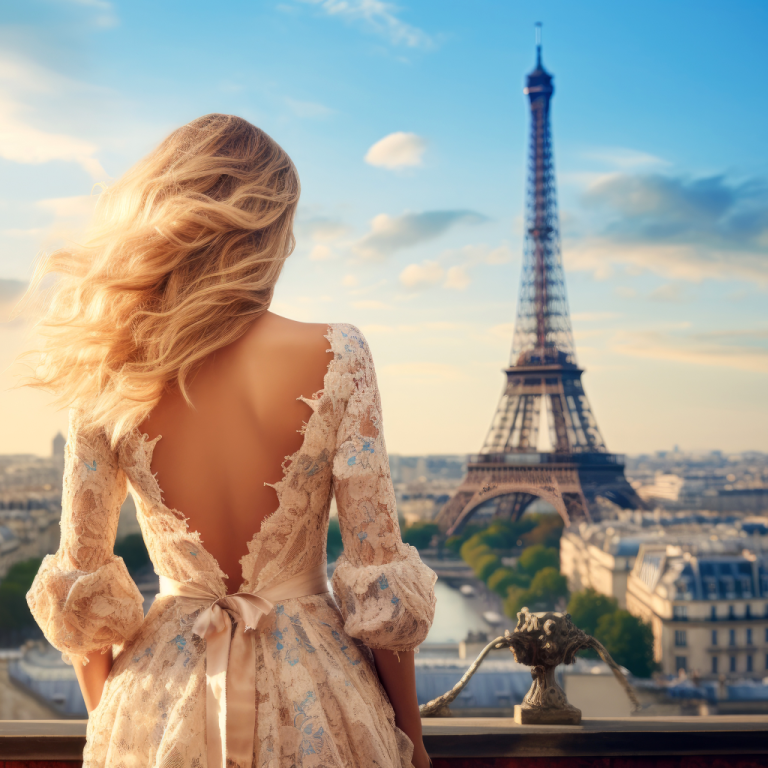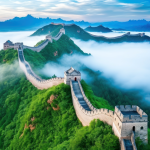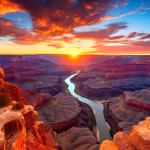When one thinks of France, the Eiffel Tower inevitably springs to mind. This iconic structure, soaring above the Paris skyline, is a symbol of French ingenuity, culture, and history. Known locally as “La Tour Eiffel,” it attracts millions of visitors from around the world each year. This article delves into the history, architecture, cultural significance, and practical visitor information about the Eiffel Tower, offering a comprehensive look at this beloved monument.
History of the Eiffel Tower
Conception and Construction
The Eiffel Tower was conceived as the centerpiece for the 1889 Exposition Universelle (World’s Fair) held to celebrate the 100th anniversary of the French Revolution. Gustave Eiffel, a renowned engineer, and his company were commissioned to design and construct the tower. Despite initial resistance from some prominent Parisians and artists who deemed it an eyesore, the project moved forward, breaking ground in January 1887.
Over 300 workers assembled 18,038 individual iron parts using 2.5 million rivets over two years, two months, and five days. The construction was a marvel of engineering, reflecting the industrial era’s advancements and Eiffel’s innovative methods. On March 31, 1889, the Eiffel Tower was completed and was the tallest man-made structure in the world until the completion of New York’s Chrysler Building in 1930.
Early Reception
Initially, the Eiffel Tower faced criticism from many quarters. A group of 300 artists and intellectuals, including prominent figures like Guy de Maupassant and Charles Gounod, signed a petition denouncing it. They described the tower as a “gigantic black smokestack” that would mar the beauty of Paris. However, Eiffel defended his creation, emphasizing its scientific utility and aesthetic appeal.
Symbol of Innovation
Despite the early controversies, the Eiffel Tower quickly became a beloved symbol of modernity and progress. It served as a radio transmission tower and played a crucial role in various scientific experiments and communications, including the first public radio broadcasts in the early 20th century. During World War I, it intercepted crucial enemy communications, underscoring its strategic importance.
Architectural Marvel
Design and Structure
Standing at 324 meters (1,063 feet), the Eiffel Tower is composed of wrought iron and exhibits a unique lattice design that allows it to withstand high winds. Its structure comprises four large arches that form the base, converging into a single vertical tower.
The tower is divided into three levels accessible to the public. The first level, at 57 meters (187 feet), features restaurants and exhibits about the tower’s history. The second level, at 115 meters (377 feet), offers another restaurant and stunning views of Paris. The third and highest level, at 276 meters (906 feet), provides a panoramic view that extends over 60 kilometers (37 miles) on a clear day.
Engineering Feats
Gustave Eiffel’s expertise in iron construction, honed through previous projects like bridges and railway stations, was pivotal in the tower’s design. The use of wrought iron, a relatively new material at the time, allowed for the creation of a strong yet flexible structure. The precision in the assembly process and the innovative use of rivets were groundbreaking.
The tower’s design also incorporates a series of elevators, an engineering marvel of the time. These elevators, still in operation today, were essential for transporting visitors and materials to the upper levels. The original hydraulic system has been modernized but remains a testament to the ingenuity of Eiffel and his team.
Cultural Significance
National Symbol
The Eiffel Tower has transcended its original purpose as a temporary exhibit to become a permanent fixture in the Paris skyline and a symbol of French national pride. It represents the spirit of innovation, creativity, and resilience that characterizes France. The tower is often illuminated in various colors to commemorate national events and international solidarity, reinforcing its role as a global cultural icon.
Inspiration for Art and Literature
The Eiffel Tower has inspired countless artists, writers, and filmmakers. It has been depicted in paintings by Robert Delaunay, Marc Chagall, and Georges Seurat, among others. In literature, it has appeared in works by authors such as Victor Hugo and Émile Zola, symbolizing both the beauty and the challenges of modernity. Films like “Midnight in Paris” and “The Da Vinci Code” have used the tower as a backdrop, further cementing its place in popular culture.
Tourist Attraction
As one of the most visited monuments in the world, the Eiffel Tower attracts nearly seven million visitors annually. Its observation decks offer breathtaking views of Paris, making it a must-visit destination for tourists. The tower’s sparkling lights, which twinkle for five minutes every hour after sunset, create a magical atmosphere that enchants visitors.
Practical Information for Visitors
How to Get There
The Eiffel Tower is located on the Champ de Mars, a large public greenspace near the Seine River. It is easily accessible via public transportation. The closest Metro stations are Bir-Hakeim (Line 6) and Trocadéro (Lines 6 and 9), while the RER C line stops at Champ de Mars-Tour Eiffel.
Tickets and Tours
Visitors can purchase tickets to access the various levels of the tower. It is advisable to book tickets online in advance to avoid long queues. Options include tickets to the second level or the summit, accessible by elevator or stairs. Guided tours are also available, offering historical insights and anecdotes about the tower’s construction and significance.
Best Times to Visit
The Eiffel Tower is open year-round, but the best times to visit are early in the morning or late in the evening to avoid the crowds. Each season offers a unique perspective: spring and summer provide lush greenery and vibrant blooms in the surrounding parks, while winter offers a serene and often less crowded experience.
Dining and Shopping
The tower houses several dining options, including the Michelin-starred Le Jules Verne on the second level, offering gourmet French cuisine with spectacular views. There are also casual eateries and buffets on the first and second levels. Visitors can also explore souvenir shops for mementos of their visit.
Conclusion
The Eiffel Tower stands as a testament to human creativity and engineering prowess. From its contentious beginnings to its current status as a beloved global icon, the tower continues to inspire awe and admiration. Whether you are an art enthusiast, a history buff, or simply a traveler seeking stunning views, the Eiffel Tower offers an unforgettable experience that captures the essence of Paris and France.
For those planning a visit, taking the time to explore the tower’s history, architecture, and cultural significance will enrich your experience and deepen your appreciation for this magnificent monument. The Eiffel Tower is not just a landmark; it is a symbol of human achievement and a beacon of inspiration for generations to come.






